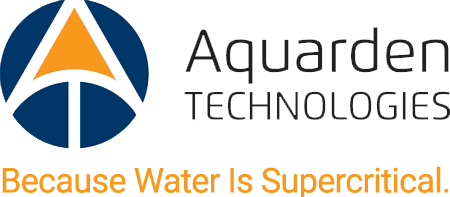Chromium 6 in industrial processes
From September 2017 EU introduces restrictions on the use of chromium 6 (hexavalent chromium). Chromium 6 is used in a variety of industries – particularly in surface treatment because it is highly effective to prevent corrosion, to improve product durability and to provide a beautiful smooth surface.
In addition, chromium 6 is also used for production of color pigment in paints and plastics and to a lesser extent for manufacturing of catalysts. The most common processes for surface treatment are crome plating, hard chrome plating and chromation, also known as passivation.
Chromium 6 can cause cancer and allergies
The reason for stricter regulation is that chemical compounds with chromium 6 are listed in EU’s chemical legislation REACH as substances of very high concern – SVHC – because they are carcinogenic, mutagenic or toxic for reproduction (the socalled CMR substances). But chromium 6 can also harm wildlife and flora if it is discharged into the aquatic environment with the wastewater.
Understand The New EU Rules And Regulations
Manufacturers using processes with chromium 6 – whether it is for decoration or corrosion protection – need to find out soonest possible how and whether they can continue production. This white paper guides you through the rules, regulations, options and alternatives – so you can continue your production – even after the EU has imposed more stringent requirements.
Continue Your Production
The requirements mean that many companies now must use other chemicals if they want to continue their production. But new chemicals produce new waste streams, which often calls for new wastewater treatment plants and new environmental permits.
Aquarden can help you in meeting the regulations. We have introduced a new solution, WaterbraneTM, specifically designed to remove heavy metals in both large and small wastewater streams. The compact solution is smaller than similar units, and can be integrated into existing production environments. We can also assist you with applying for new environmental permits. Contact us to hear more.


